Home>Ideas and Tips>Vertical Herb Gardens: Space-Saving Ideas For Urban Homes
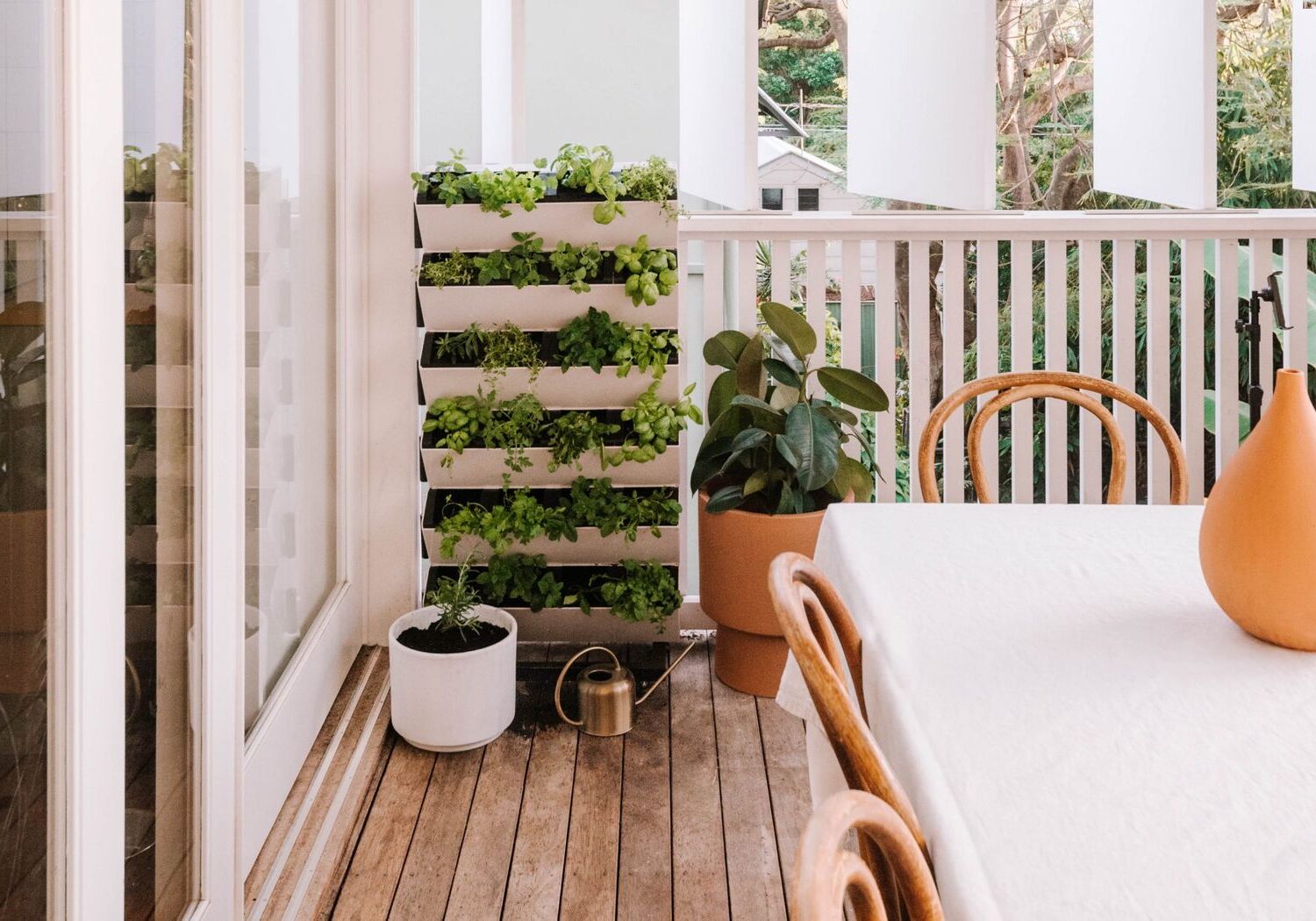

Ideas and Tips
Vertical Herb Gardens: Space-Saving Ideas For Urban Homes
Published: October 28, 2024
Discover space-saving vertical herb garden ideas for urban homes. Transform small spaces into lush, thriving oases with these creative solutions.
(Many of the links in this article redirect to a specific reviewed product. Your purchase of these products through affiliate links helps to generate commission for Storables.com, at no extra cost. Learn more)
In the bustling urban landscape, where space is often a luxury, the desire for greenery and fresh herbs can sometimes seem like an impossible dream. However, with the advent of vertical gardening, city dwellers now have a creative and practical solution to bring life and flavor to their homes. This article delves into the world of vertical herb gardens, exploring space-saving ideas that can transform even the smallest of urban spaces into lush, thriving oases.
The Rise of Vertical Gardening
Vertical gardening is the practice of growing plants upwards rather than spreading them out over the ground. This method is particularly beneficial in urban settings where horizontal space can be limited but the desire for greenery remains high. By taking advantage of vertical surfaces such as walls, fences, and railings, urban dwellers can enjoy gardens that require minimal square footage.
Why Vertical Gardens?
Vertical gardens bring life to small spaces in several ways:
- Space Efficiency: They make the most of limited outdoor spaces, allowing for a green oasis in the smallest of balconies or patios.
- Improved Air Quality: Plants contribute to cleaner air by absorbing pollutants and producing oxygen. As a result, vertical gardens are not only visually appealing but also environmentally beneficial.
- Thermal Insulation: A vertical garden can act as insulation for buildings, helping to regulate indoor temperatures and potentially reducing energy costs.
- Biodiversity: Vertical gardens can support a wide range of plants, attracting beneficial insects and promoting urban biodiversity.
Getting Started with Vertical Gardening
To embark on a vertical gardening journey, follow these steps:
-
Choose the Right Location: Consider the amount of sunlight and exposure to the elements your vertical garden will receive. This will determine which types of plants will thrive in your space.
-
Select Suitable Plants: Opt for planting designs that are known for their vertical growth or can be easily trained to climb. Herbs like mint, oregano, thyme, and rosemary are great choices for starting a vertical garden.
-
Consider Container Options: From specially designed vertical planters and pocket gardens to repurposed items like pallets or hanging shoe organizers, there are numerous creative ways to house your vertical garden.
-
Think About Watering: Proper watering is crucial for the success of any garden. Ensure that your containers have adequate drainage systems to prevent root rot and ensure healthy root development.
Space-Saving Ideas for Urban Outdoor Areas
Urban living often means limited space for gardens, but vertical gardening offers a smart solution. Here are some space-saving ideas to maximize your urban outdoor area:
Wall Planters
Wall planters are vertical structures that turn barren walls into vibrant herb gardens. They come in various designs, ranging from pocket planters to wall-mounted shelves. You can choose the one that fits your space and aesthetics, filling them with herbs like mint, oregano, and thyme.
Vertical Pots and Containers
Vertical pots and containers offer a more flexible and creative approach. These systems cater to various space constraints and personal preferences, ranging from vertically stacked pots on shelves or ladders; or specialized vertical stands. Herbs like rosemary, sage, and cilantro are popular choices. The flexibility of this method allows you to experiment with arrangements and herb combinations, bringing a personal touch to your garden.
Hanging Baskets
Hanging baskets provide an elegant solution to growing herbs vertically. They can be suspended from ceilings, balconies, or even wall hooks, giving a floating garden effect. Lightweight herbs such as dill and chervil are particularly suited for hanging baskets. Choosing the right type of basket and ensuring secure installation is essential. Coco coir or other liner materials help retain moisture, key to the herbs’ growth.
PVC Pipe Gardens
PVC pipe gardens introduce a contemporary touch to vertical gardening. These systems utilize PVC pipes with holes drilled at intervals, forming a compact, vertical garden. Herbs like mint, parsley, and lemongrass can be grown in this modern setup. Customization is key, allowing you to design a system that fits your space and needs. An efficient watering system can be integrated, ensuring visually pleasing way to grow herbs.
Tiered Planters
Tiered planters take the concept of vertical gardening to the next level by stacking multiple levels of planters. This design maximizes space by allowing multiple herbs or plants to be grown in a small area. It also adds visual interest with its layered appearance, making it a great option for balconies or patios.
Creative Repurposing Ideas
One of the most exciting aspects of vertical gardening is the creative repurposing of materials. Here are some innovative ideas:
Old Ladders
An old ladder can be repurposed as a vertical garden by attaching pockets or planters to each rung. This not only saves space but also adds a rustic charm to your urban space.
Pallet Gardens
Pallet gardens are a creative and eco-friendly way to recycle old wooden pallets into beautiful vertical gardens. You can either lean them against a wall or mount them vertically and fill the slats with soil to plant herbs, succulents, or small flowers. This method not only recycles materials but also adds a rustic charm to your urban space.
Bookshelves and TV Stands
Bookshelves and TV stands can be repurposed as planters by placing small pots or containers on each shelf. This integrates greenery seamlessly into your living area while saving space.
Read more: What Is Urban Garden
Benefits for Urban Dwellers
Vertical gardening offers numerous benefits for urban dwellers:
-
Accessibility: Vertical gardens are often designed to be accessible to a wide range of people, providing opportunities for city residents to engage with nature directly, even without traditional garden space.
-
Sustainability: These gardens contribute to the sustainability of urban areas by localizing food production and decreasing reliance on transported goods. They also play a role in improving air quality and supporting urban wildlife.
-
Community and Wellbeing: Urban gardening can have social benefits, providing a sense of community among city dwellers and improving mental health through the therapeutic nature of gardening.
-
Space Efficiency: By utilizing wall space or repurposing furniture, vertical gardens maximize small spaces, making them ideal for apartments or condos with limited outdoor areas.
-
Low Maintenance: Many vertical gardening systems are designed to be low maintenance, making them perfect for busy urban lifestyles where time is scarce.
Tips for Successful Vertical Gardening
To ensure the success of your vertical garden, follow these tips:
-
Choose the Right Plants: Select plants that are known for their vertical growth or can be easily trained to climb. Herbs like mint, oregano, thyme, and rosemary are excellent choices.
-
Proper Watering: Ensure that your containers have adequate drainage systems to prevent root rot and ensure healthy root development.
-
Regular Maintenance: Regularly water and fertilize your plants to keep them thriving. Prune your plants regularly to maintain their shape and encourage new growth.
-
Wind Break Protection: If the area in which your vertical garden is planted is prone to wind, consider wind break protection and sturdier supports to prevent damage.
-
Creative Repurposing: Think outside the box when it comes to repurposing materials for your vertical garden. Old ladders, pallets, bookshelves, and TV stands can all be transformed into beautiful and functional planters.
Conclusion
Vertical herb gardens are a game-changer for urban homes, offering a space-saving solution that brings beauty and functionality to even the smallest of spaces. By choosing the right plants, utilizing creative repurposing ideas, and following tips for successful vertical gardening, you can transform your living space into a lush oasis filled with fresh herbs and vibrant greenery. Whether you're a seasoned gardener or just starting out, vertical gardening is an adaptable approach that can enhance limited living spaces with greenery, contributing to urban sustainability and community wellbeing.
Incorporating vertical gardening into your urban lifestyle not only adds aesthetic appeal but also provides numerous practical benefits. So why wait? Start your vertical gardening journey today and discover the joys of growing your own herbs in the heart of the city.
Was this page helpful?
At Storables.com, we guarantee accurate and reliable information. Our content, validated by Expert Board Contributors, is crafted following stringent Editorial Policies. We're committed to providing you with well-researched, expert-backed insights for all your informational needs.
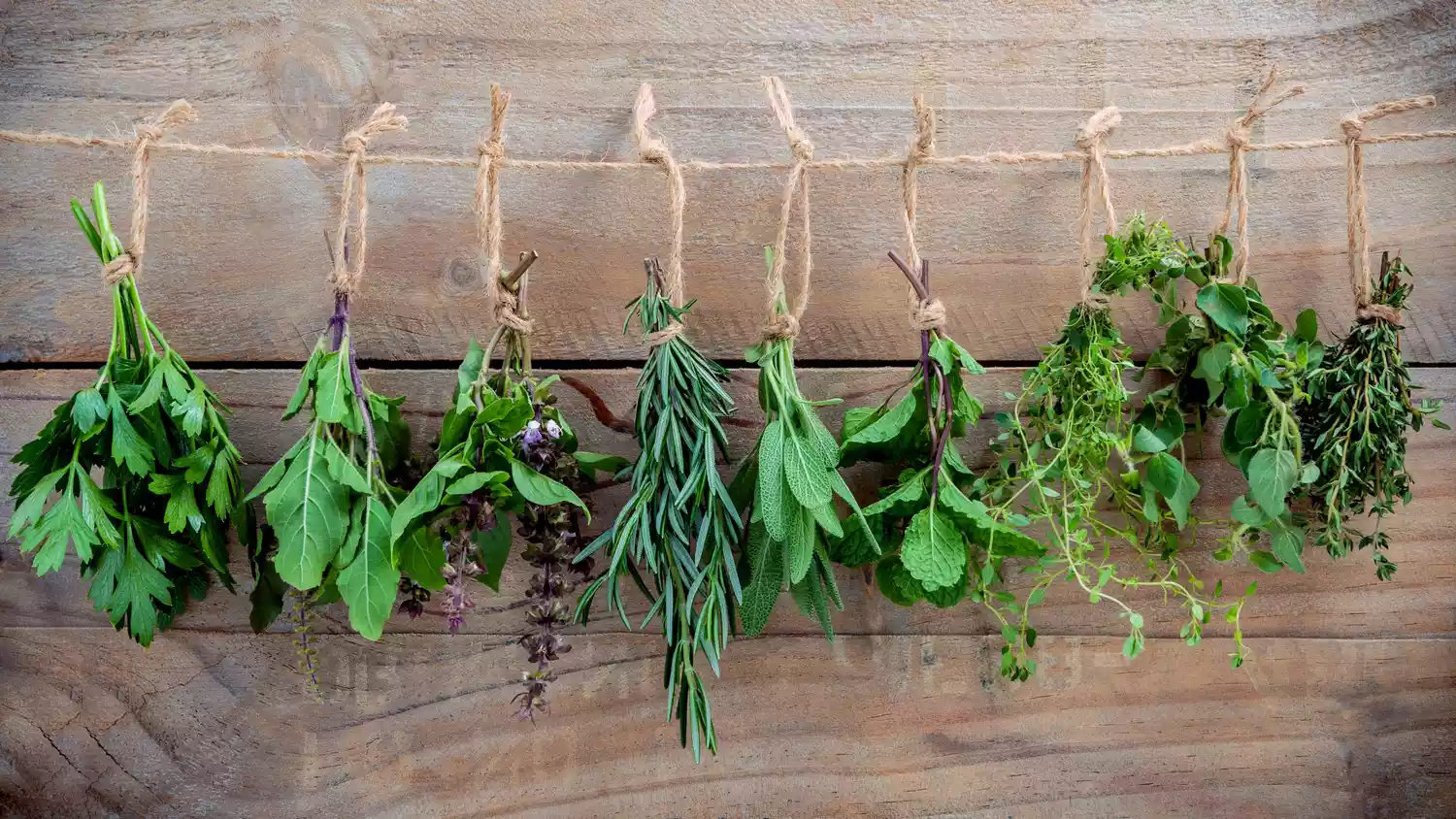
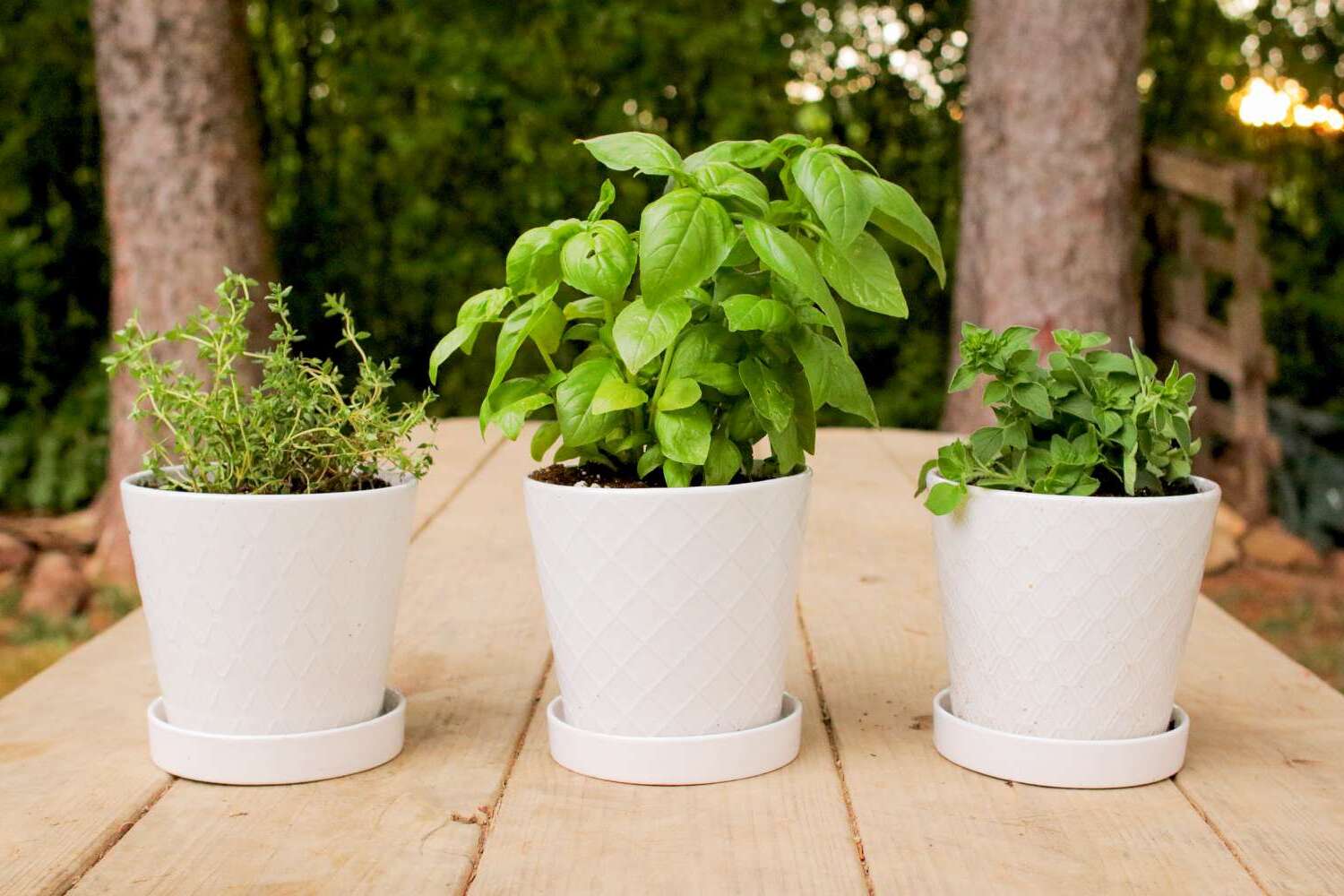
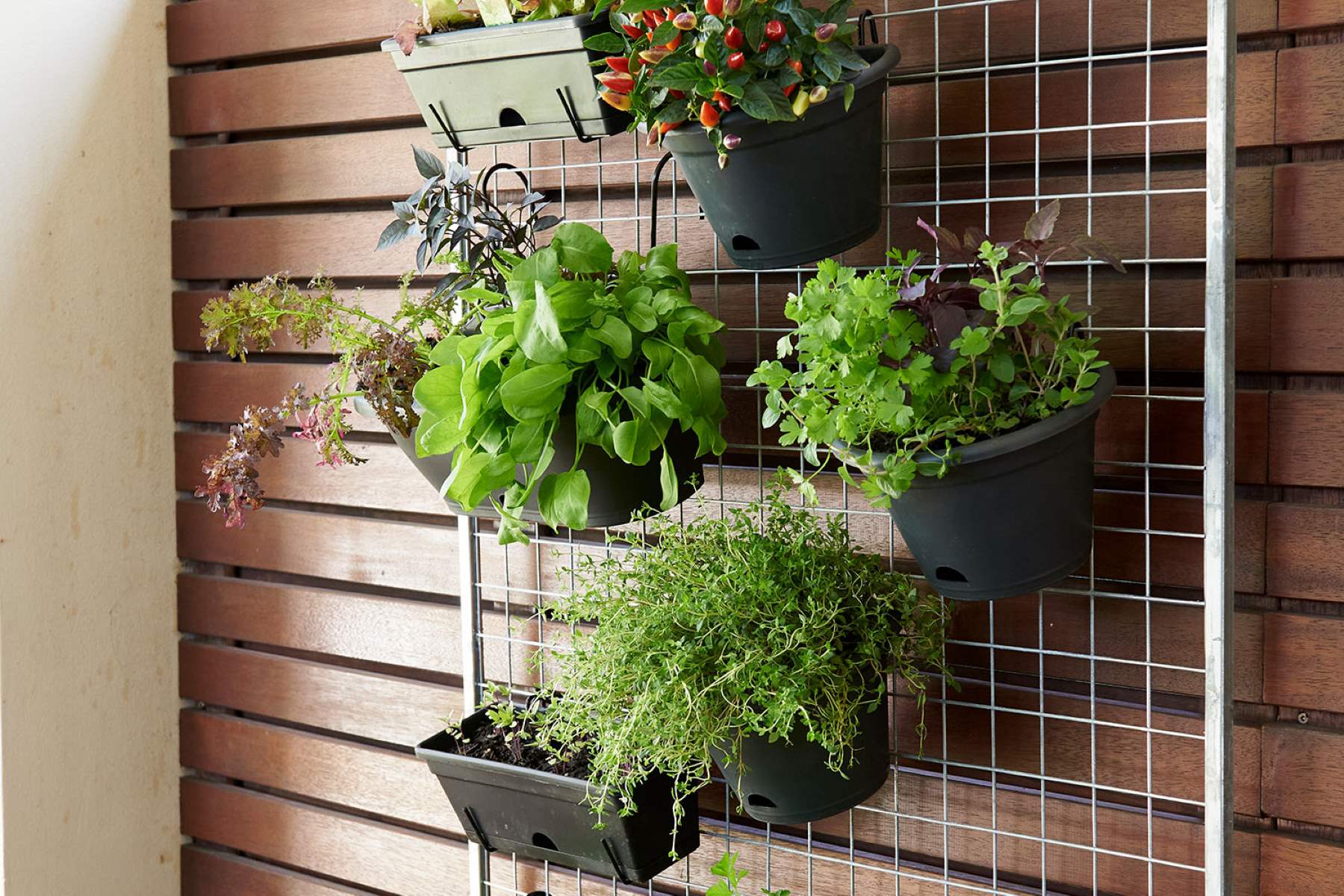

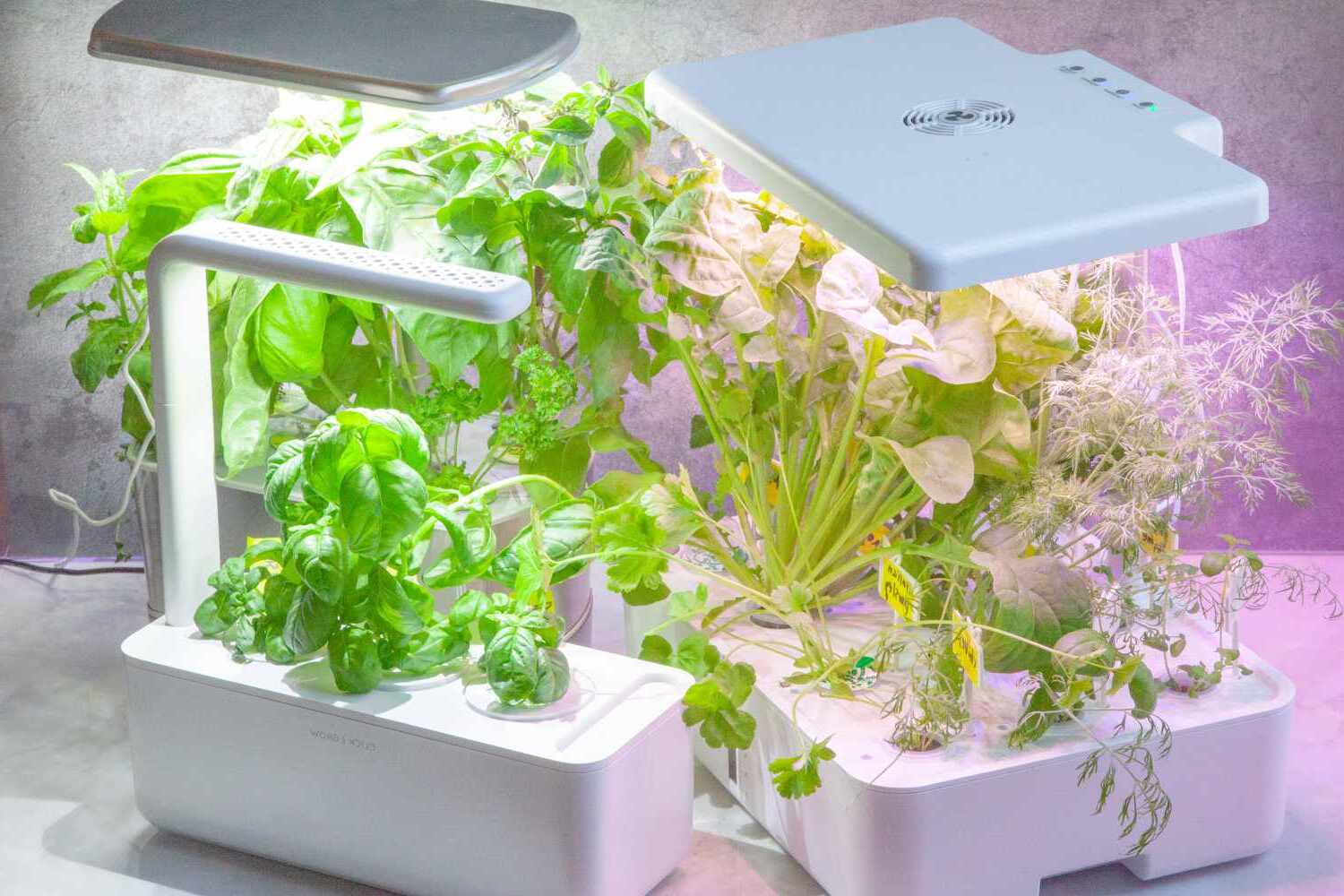
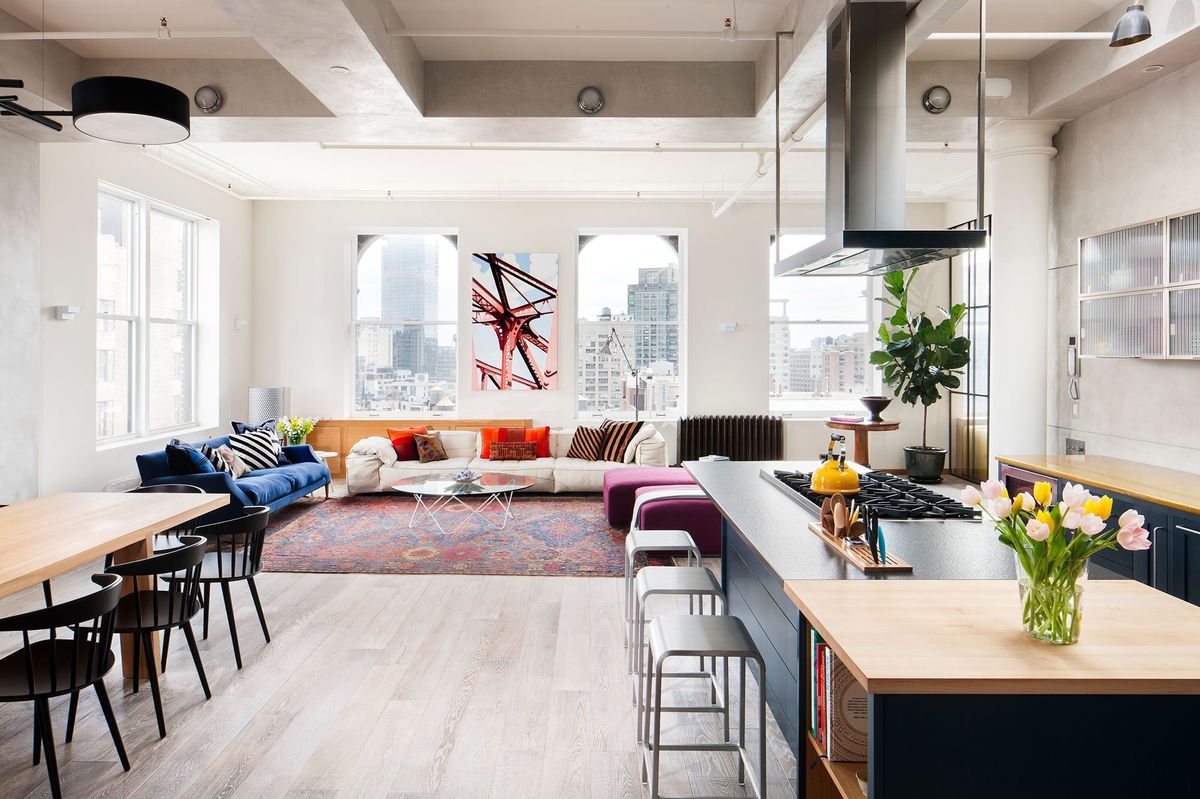
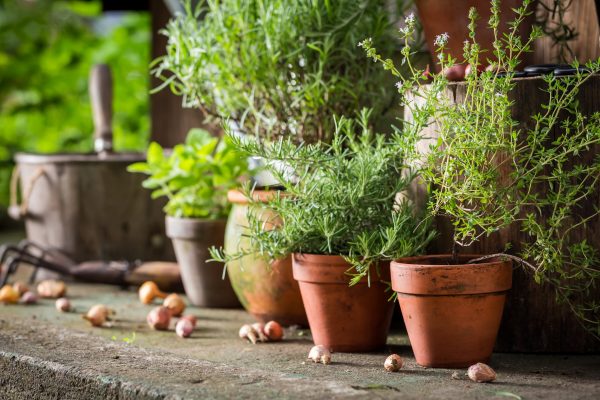
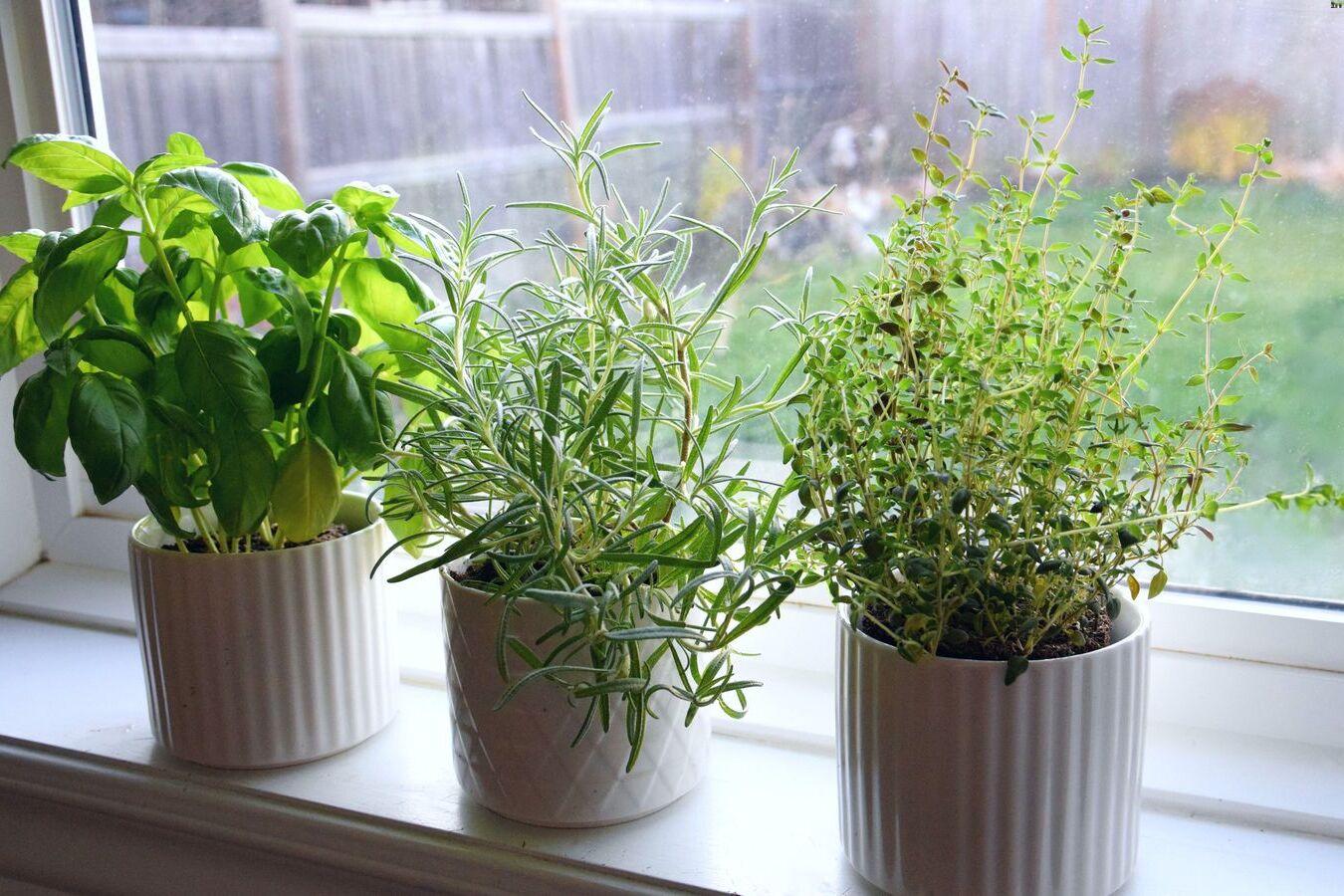
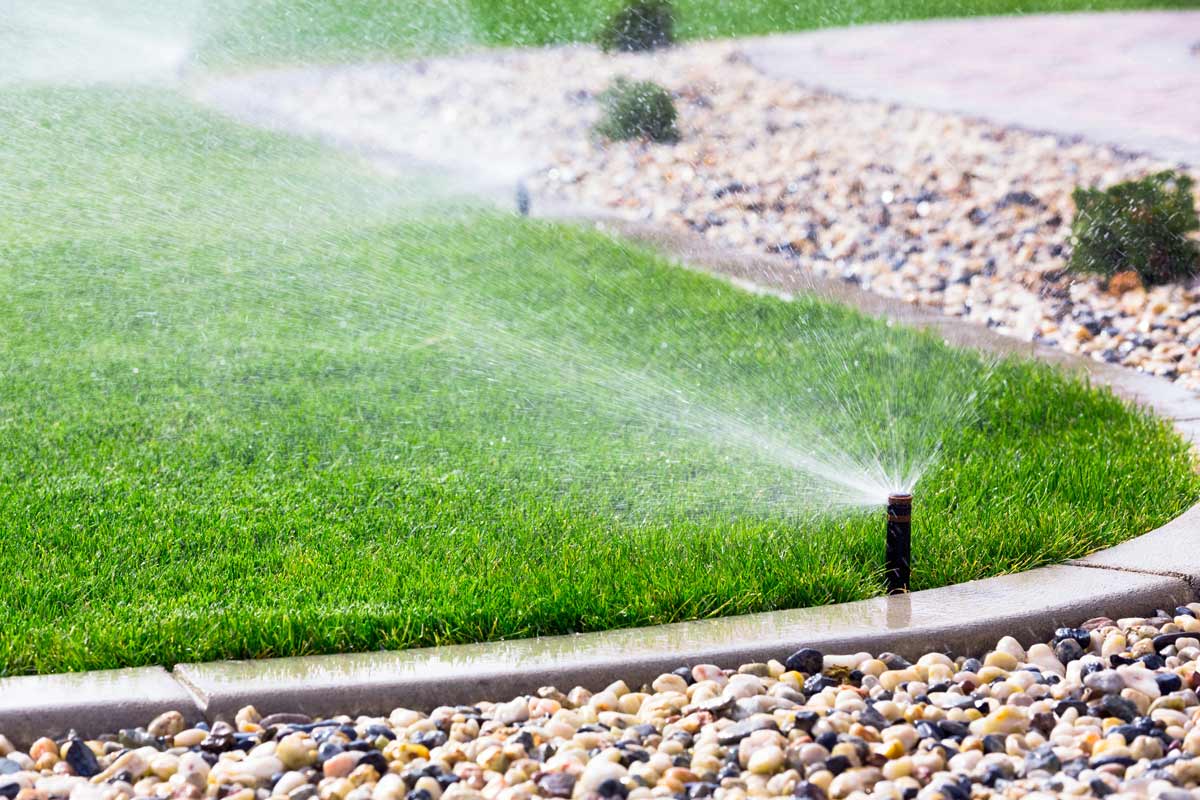
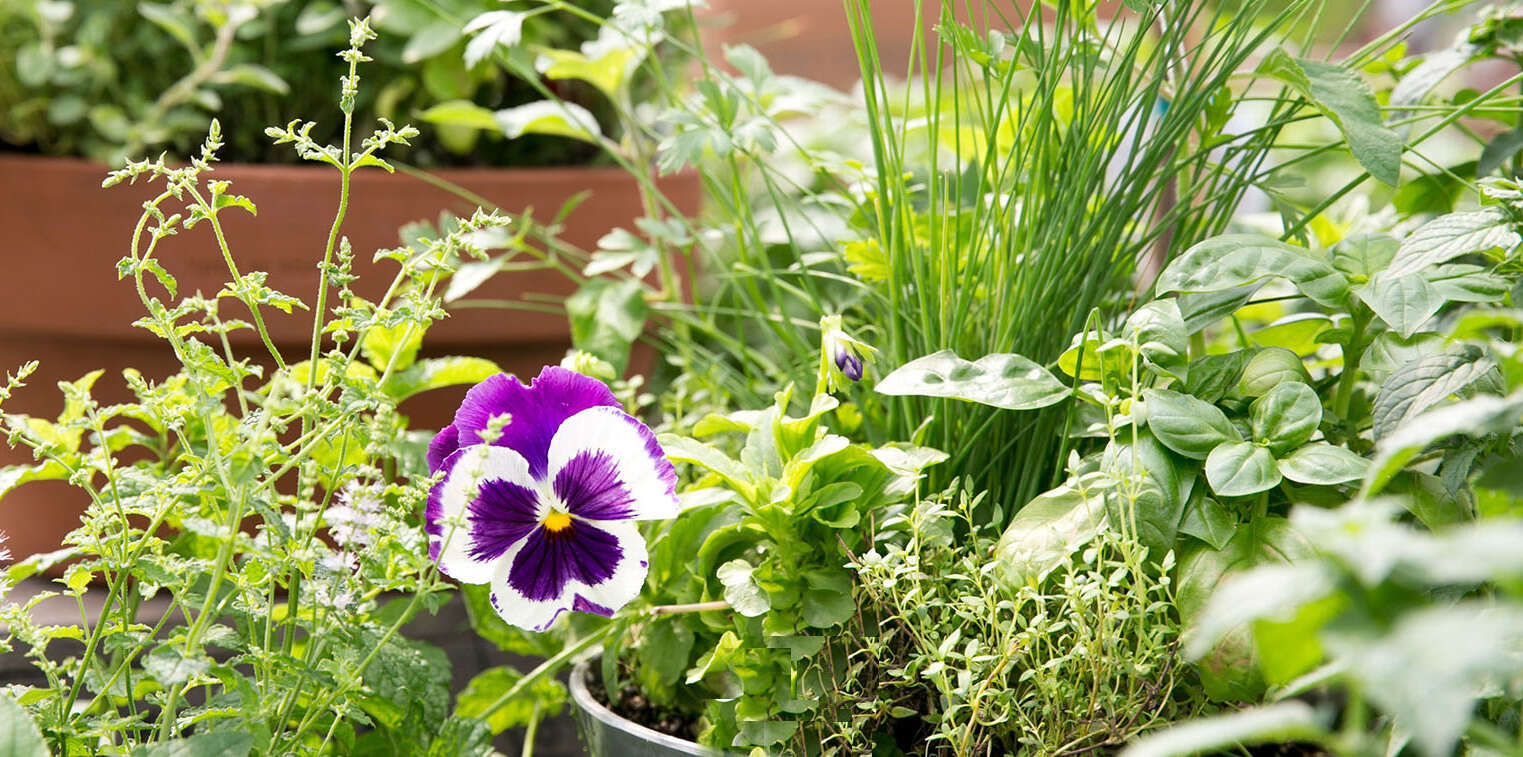
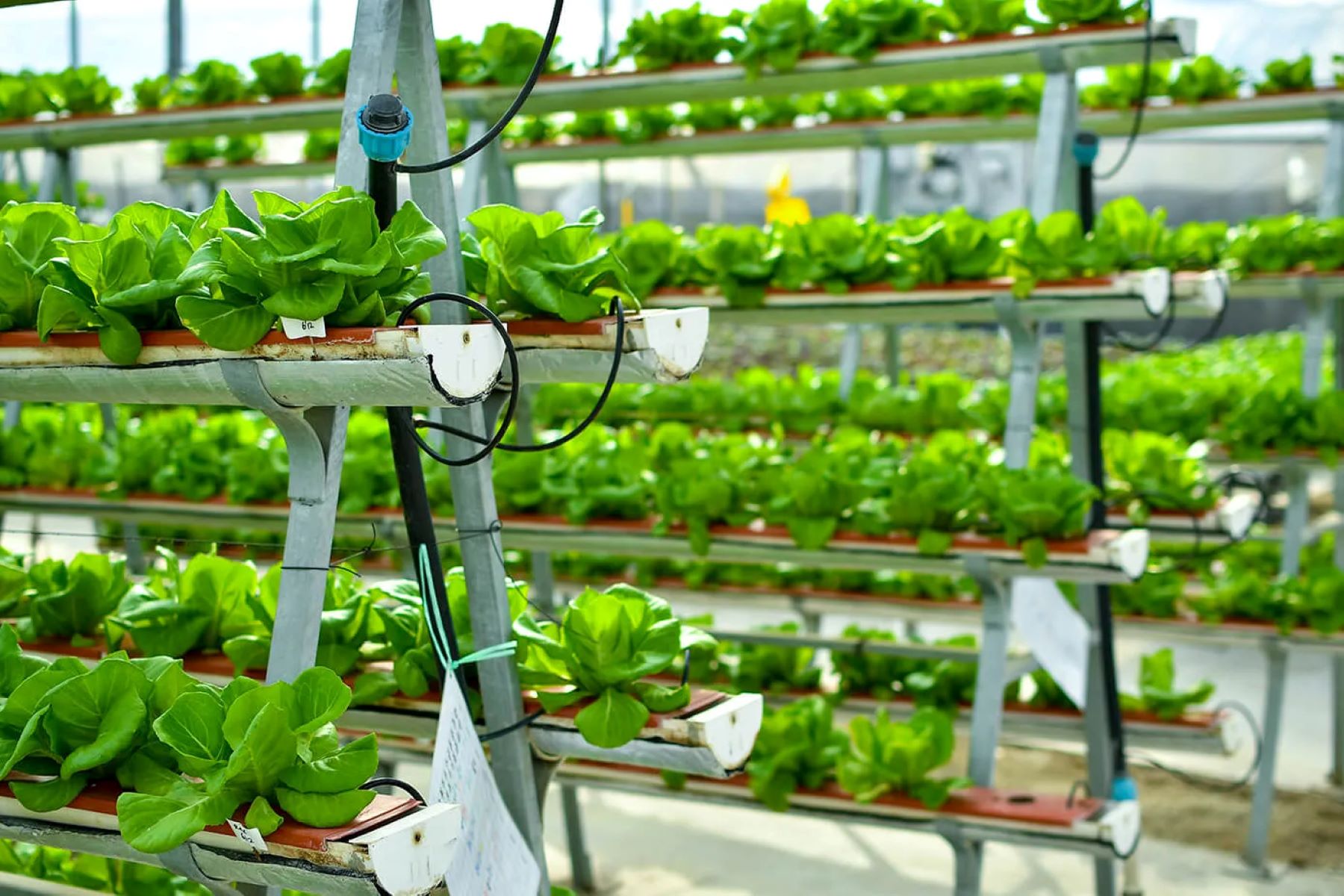
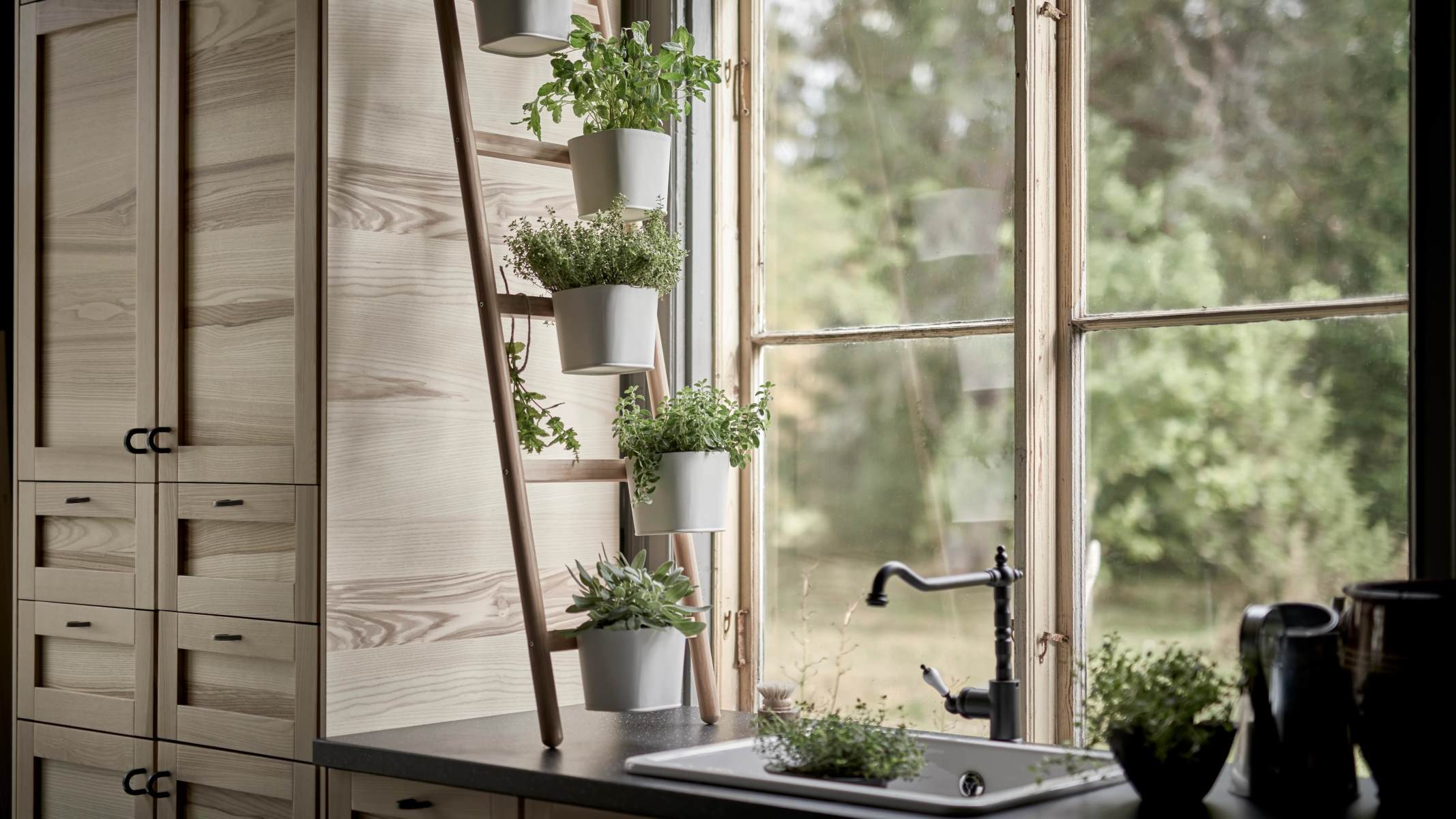

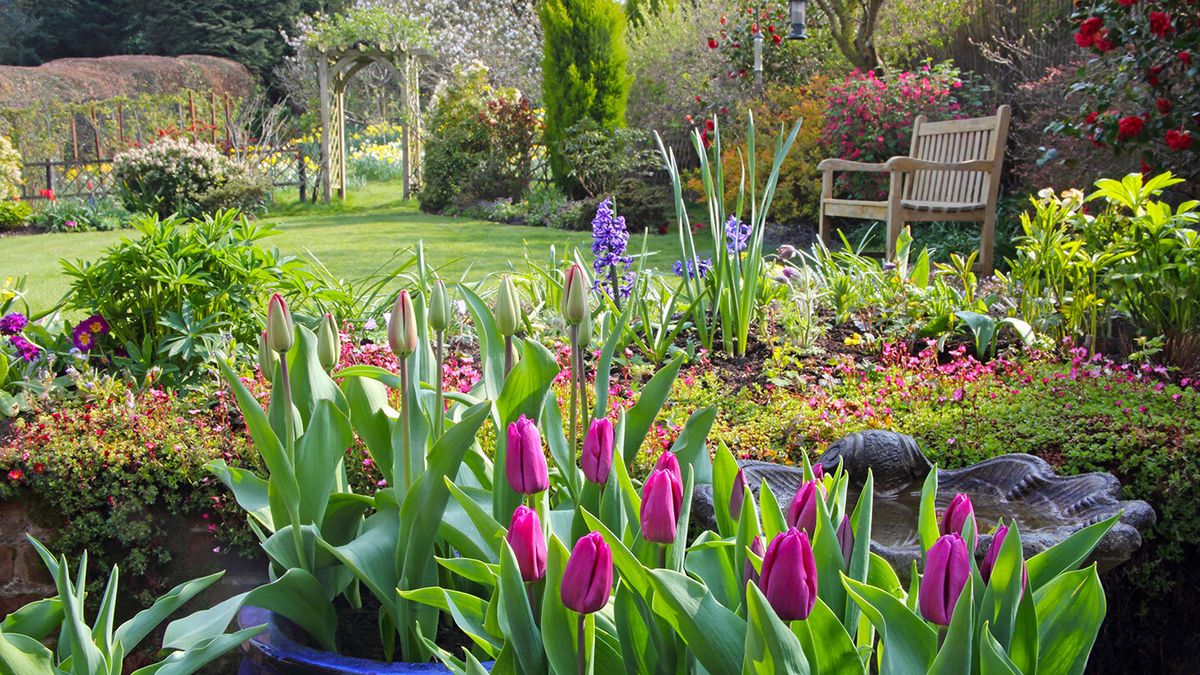

0 thoughts on “Vertical Herb Gardens: Space-Saving Ideas For Urban Homes”